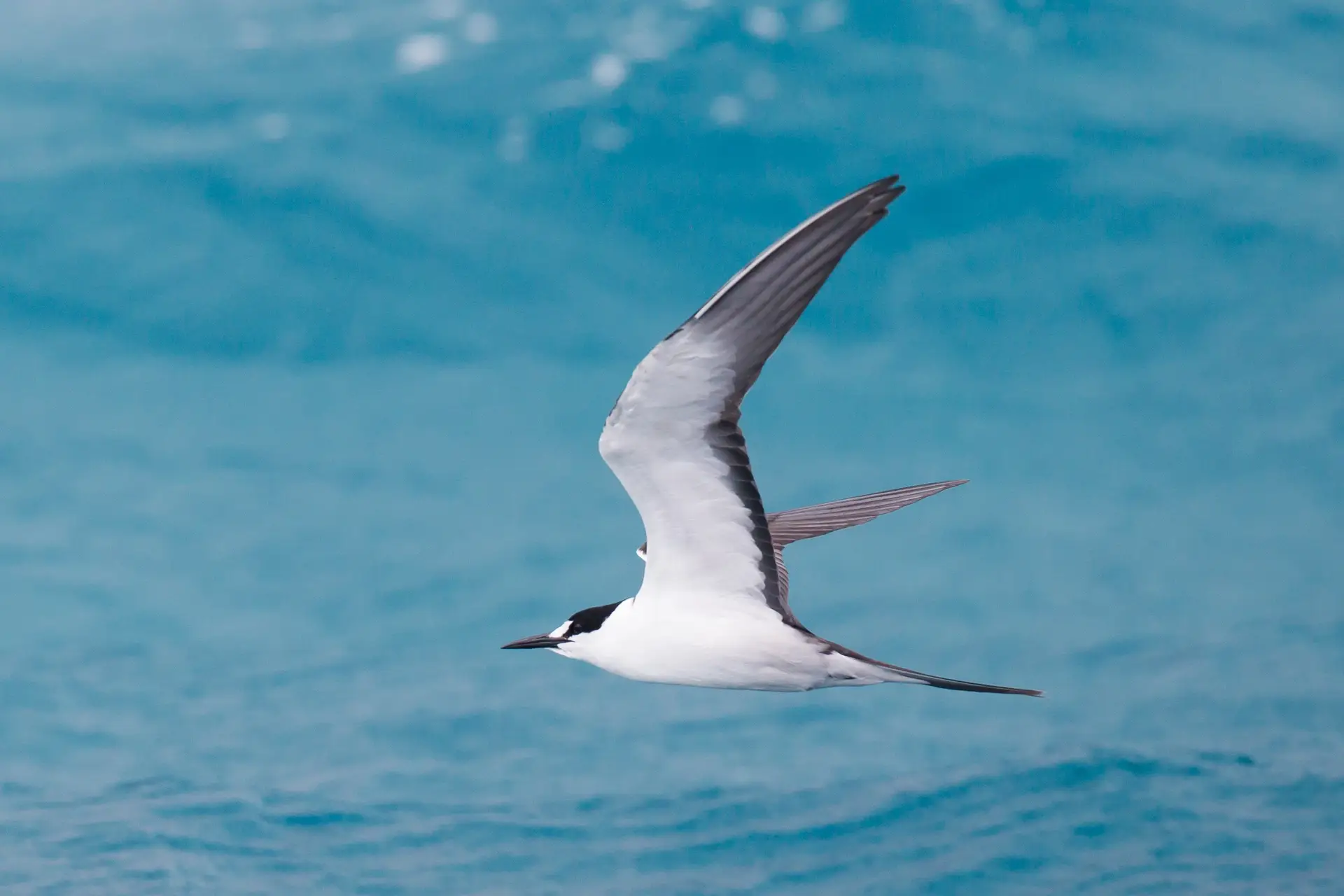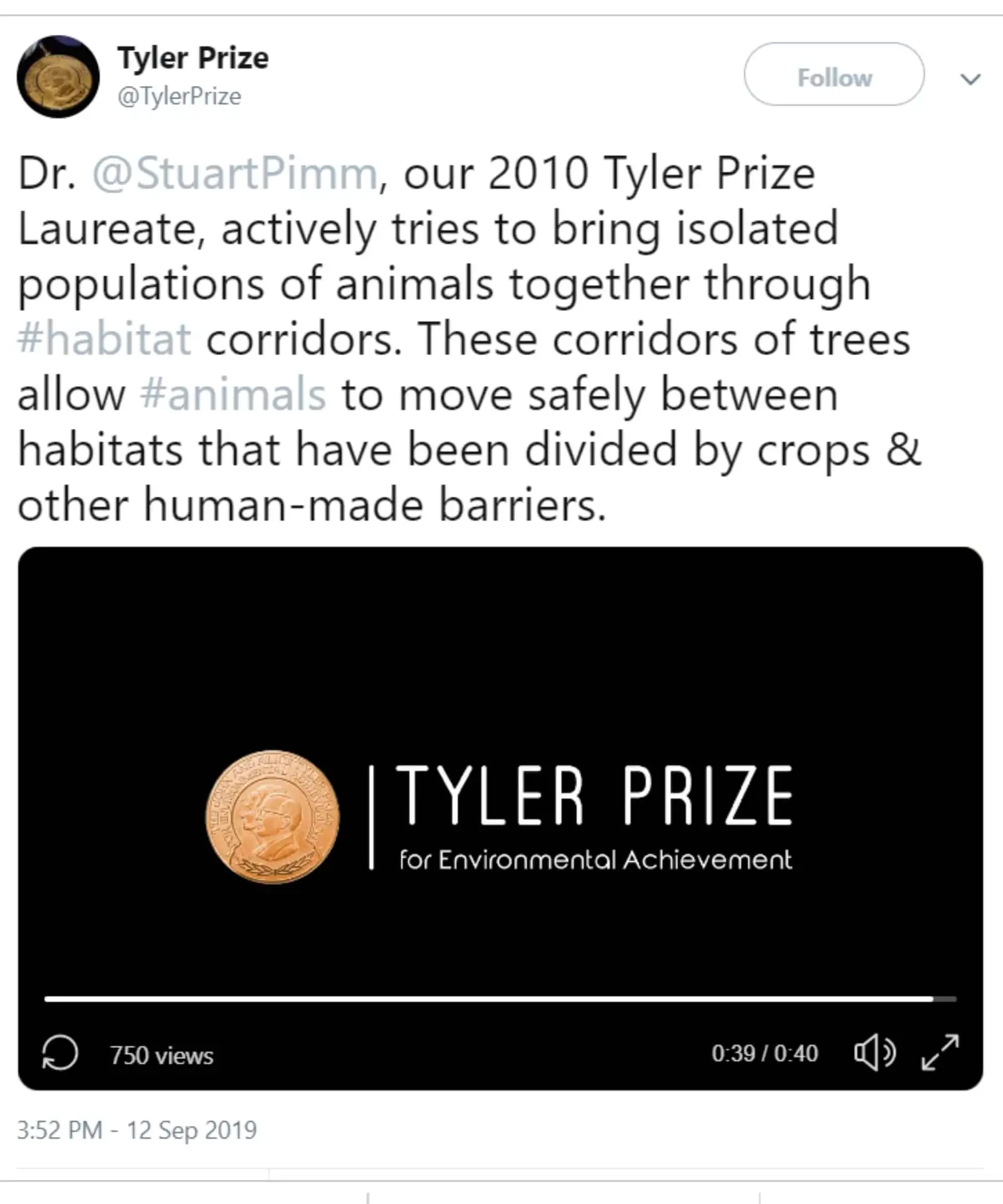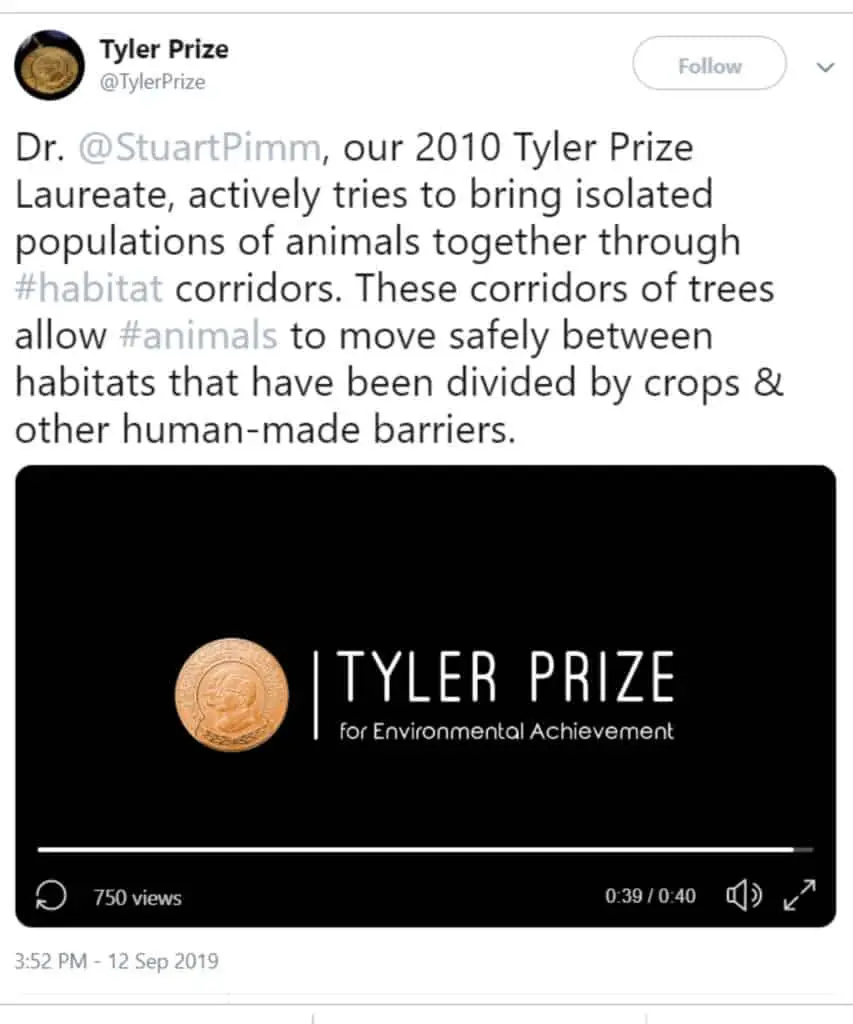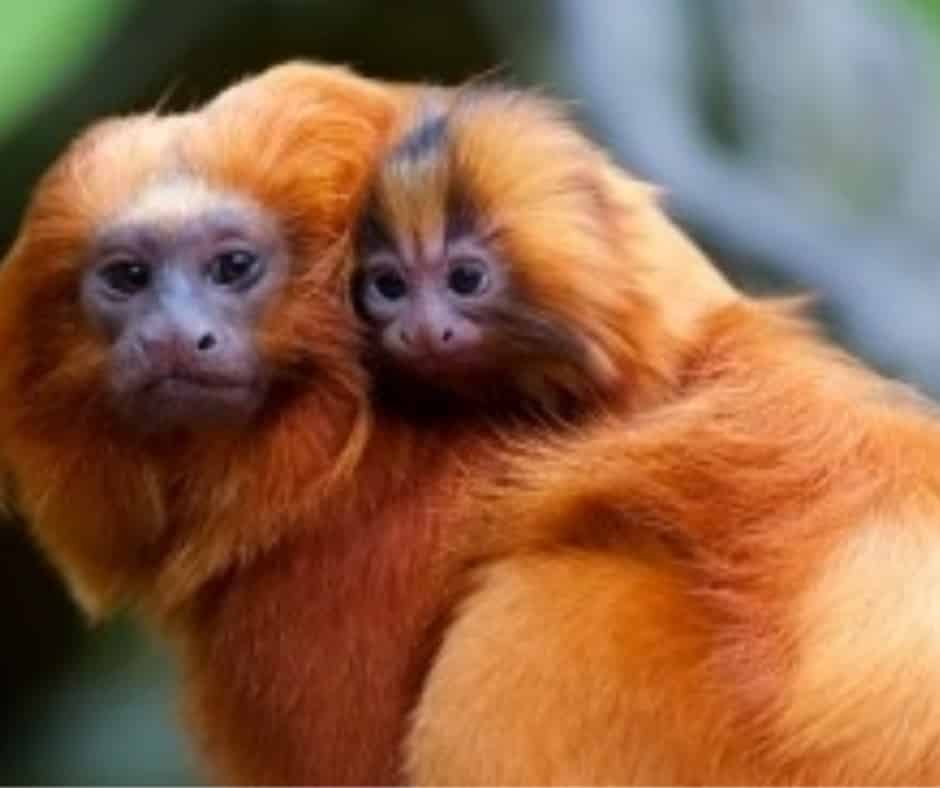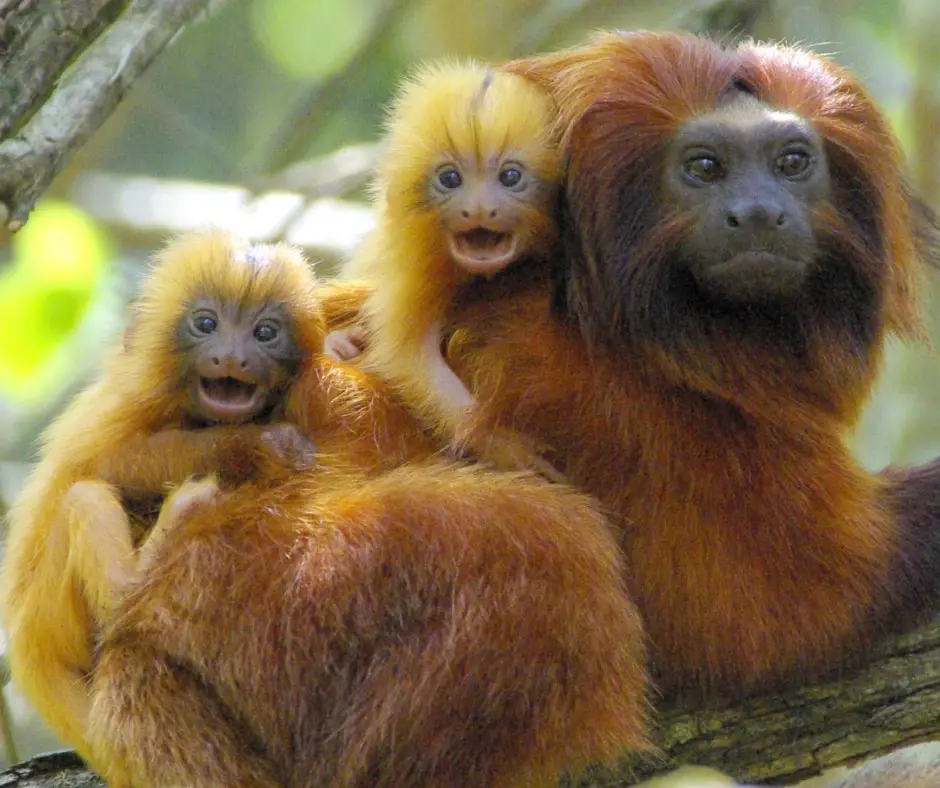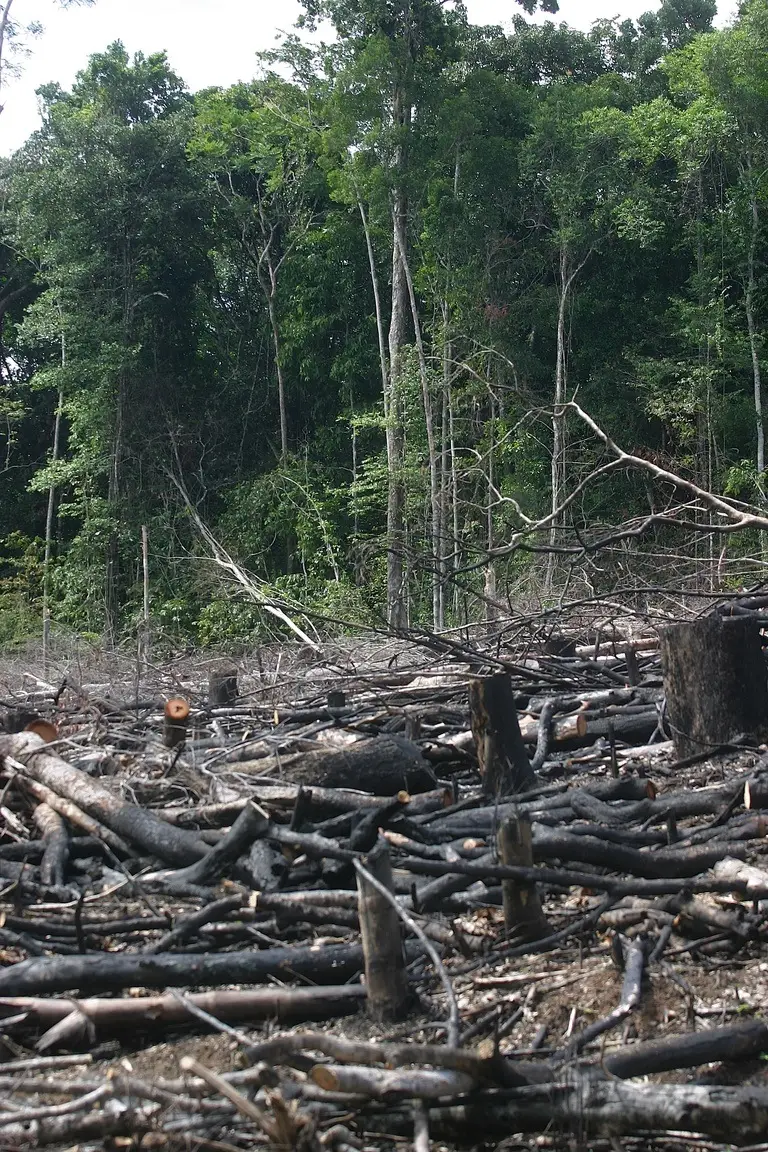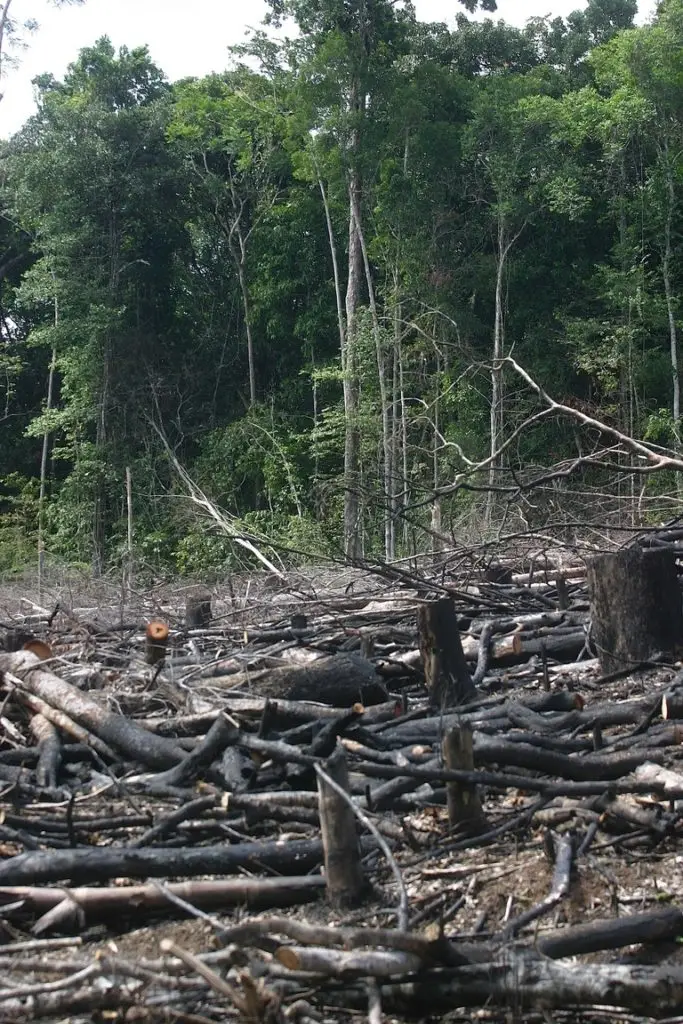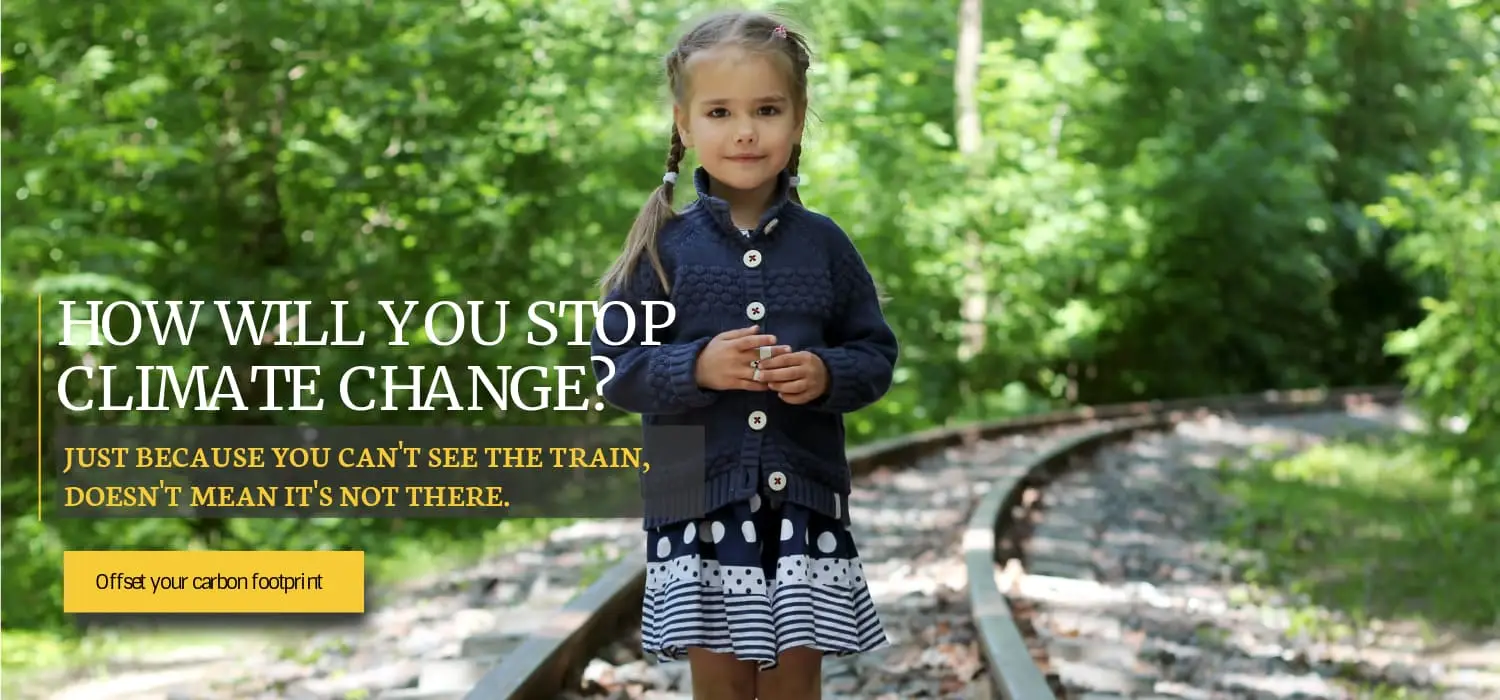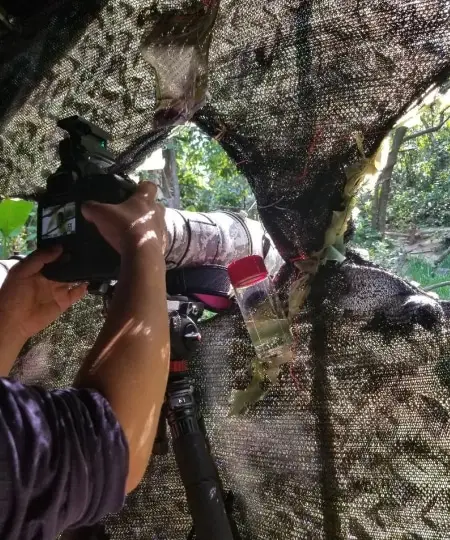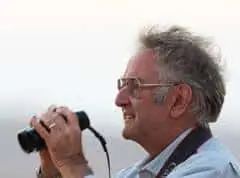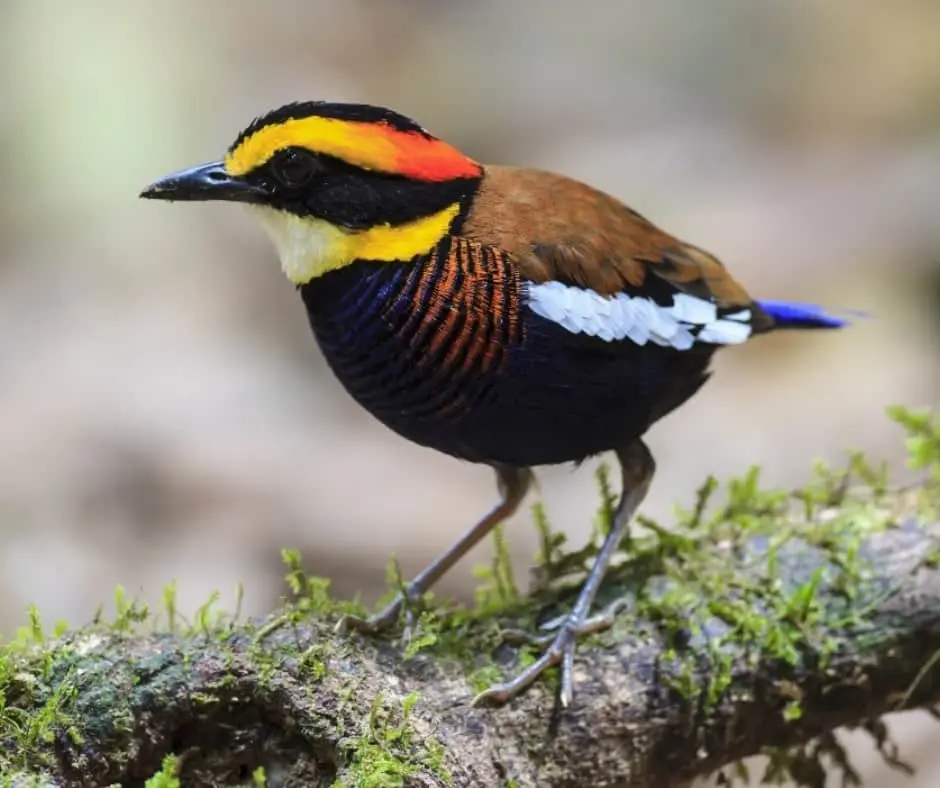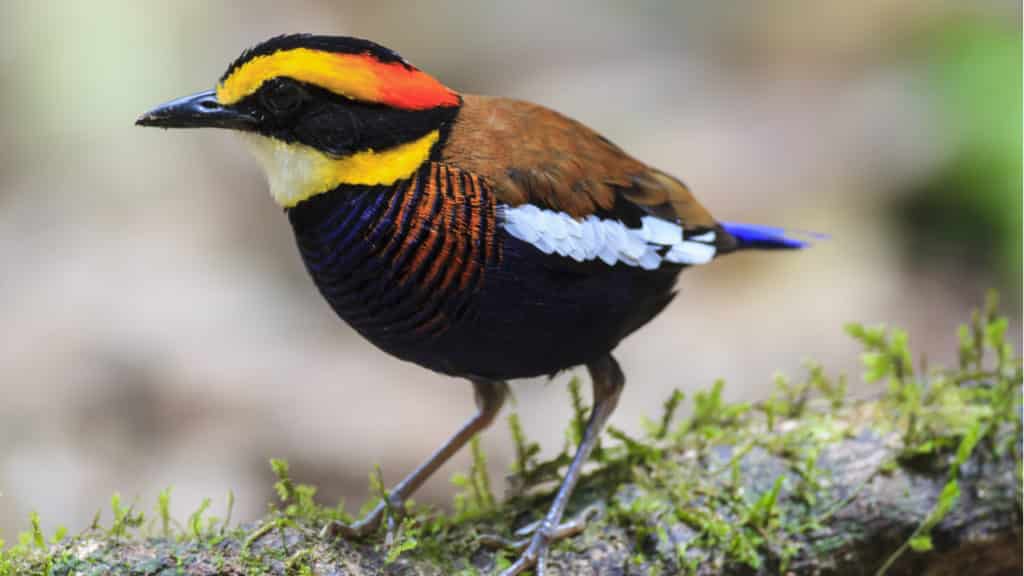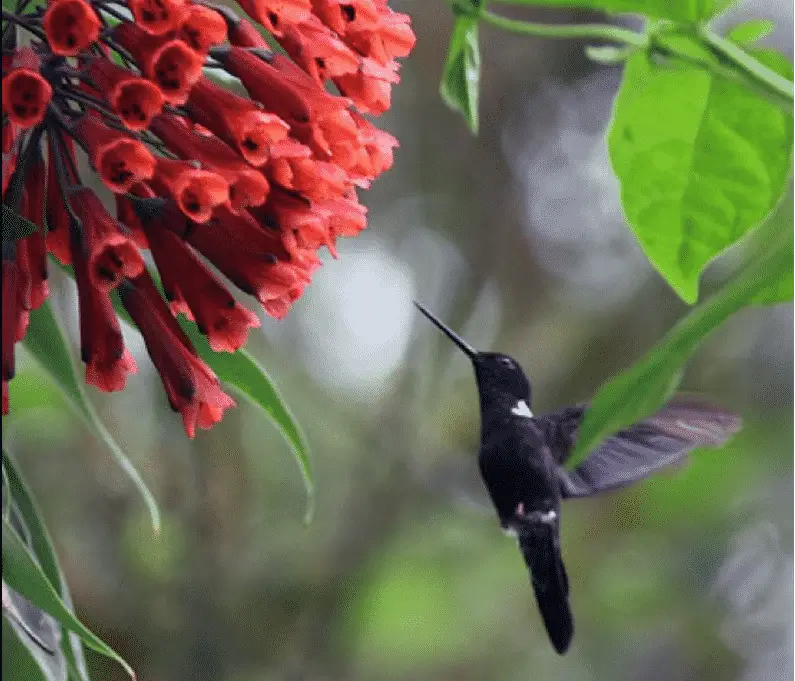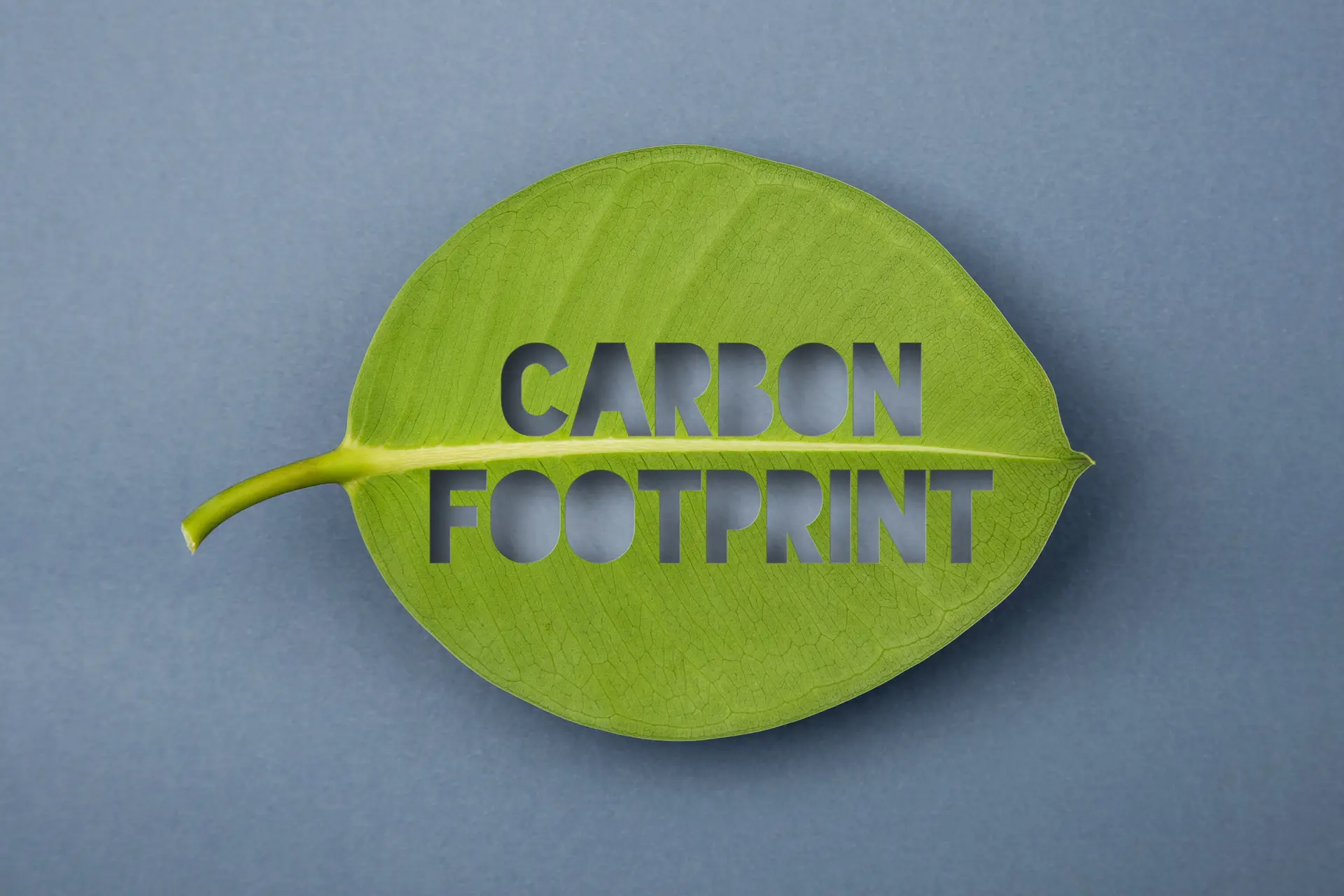Measuring Resilience Is Essential To Understand It
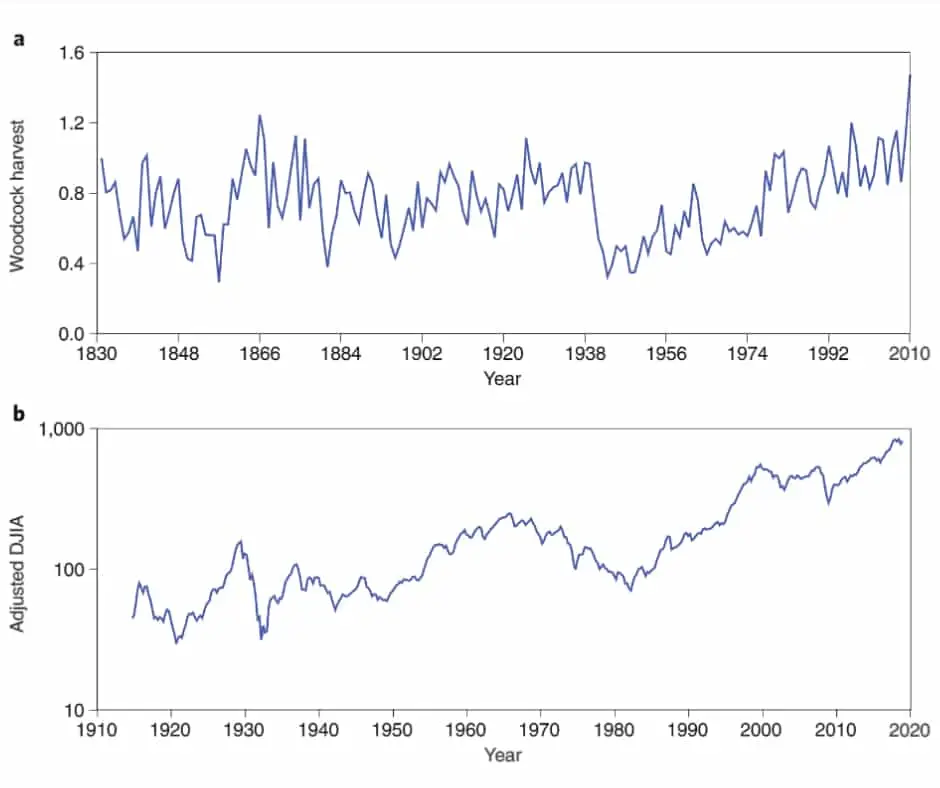
October 10, 2019
In this recent paper published in the October 2019 Issue of Nature Sustainability, Dr. Pimm and his colleagues make the case for using data to more precisely define and apply key terminology used in conservation science.
MEASURING RESILIENCE IS ESSENTIAL TO UNDERSTAND IT
Stuart L. Pimm, Ian Donohue, José M. Montoya and Michel Loreau
Words matter, especially when trying to accomplish something as important as stopping the loss of biodiversity or fighting climate change.
Stuart Pimm and his colleagues make the case that scientific terms need measurement to ensure their meaning is explicit. The link between words and evidence requires rigor in defining how we measure, what we measure, and over how long we measure. “Talk is cheap, measurements hard.” comments Pimm in his recent blog for Nature Sustainability, “Without them, we have no way to compare what we are doing for good or ill to the natural world.”
The authors consider ubiquitous terms like sustainability, resilience and others grouped under the heading of ‘stability’. These terms speak vital need to characterize changes in complex social and environmental systems. In a bewildering array of terms, practical measurements are essential to permit comparisons and so untangle underlying relationships.


